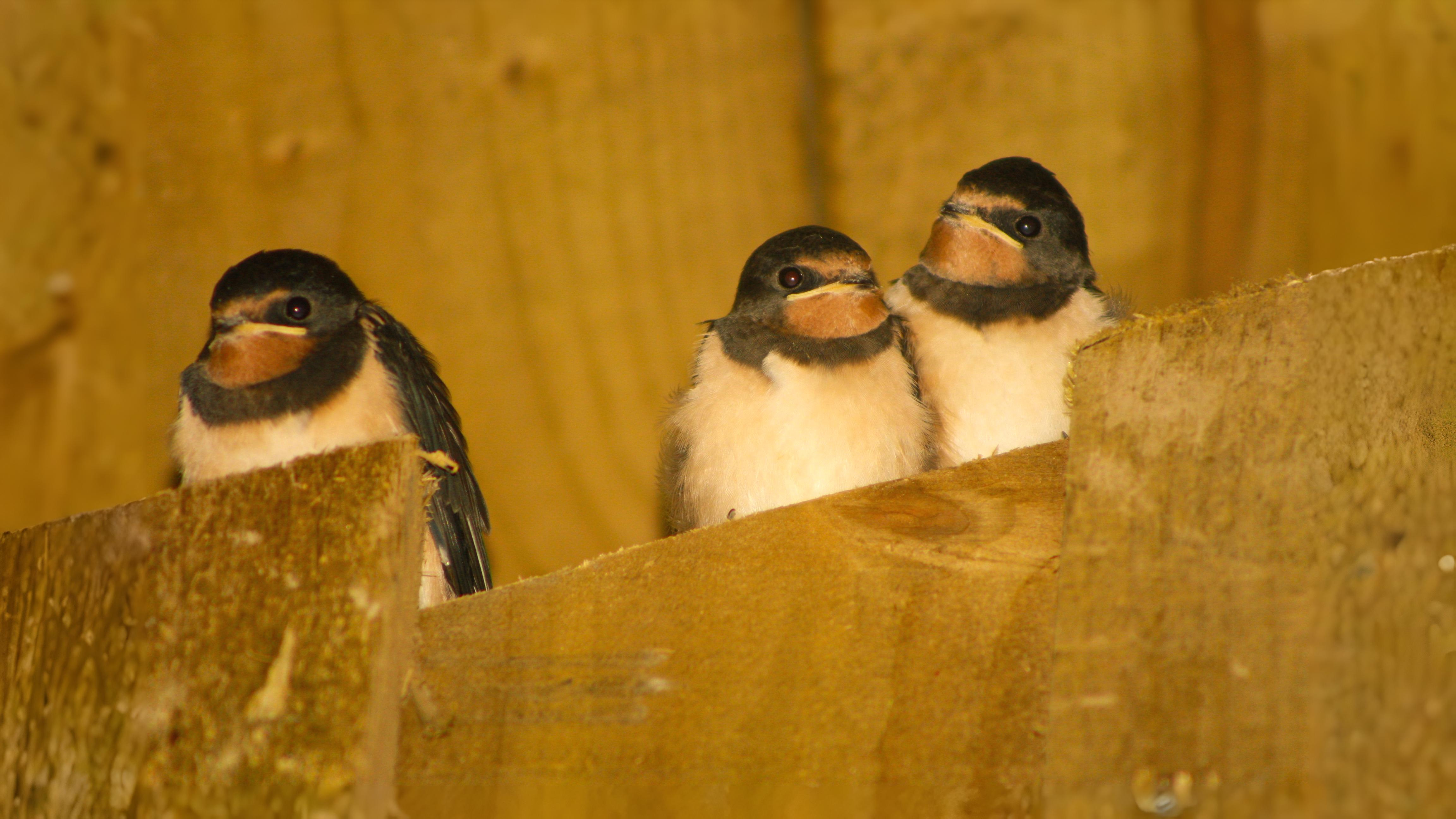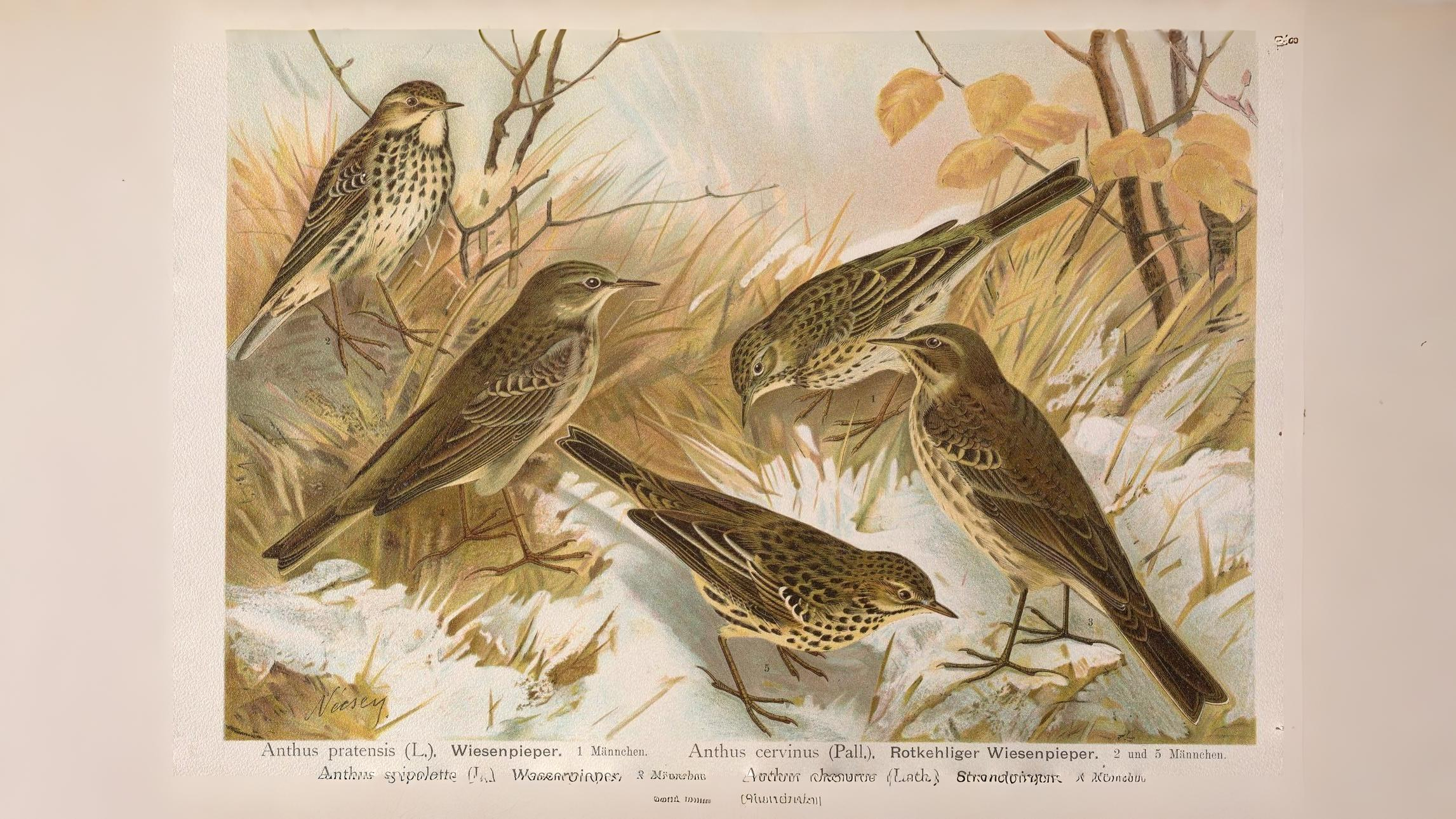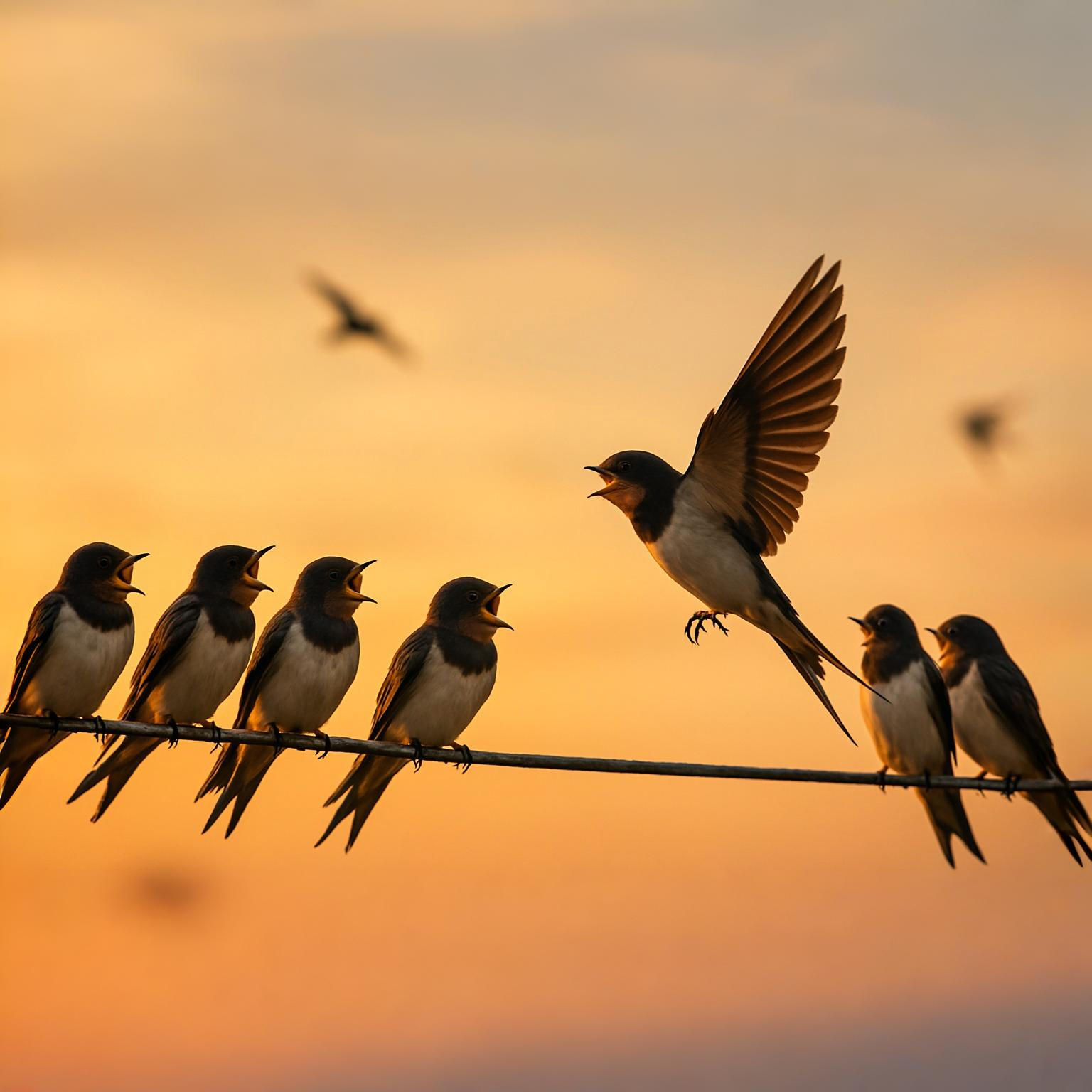
Don’t miss this September spectacle—return on September 6th to read more!
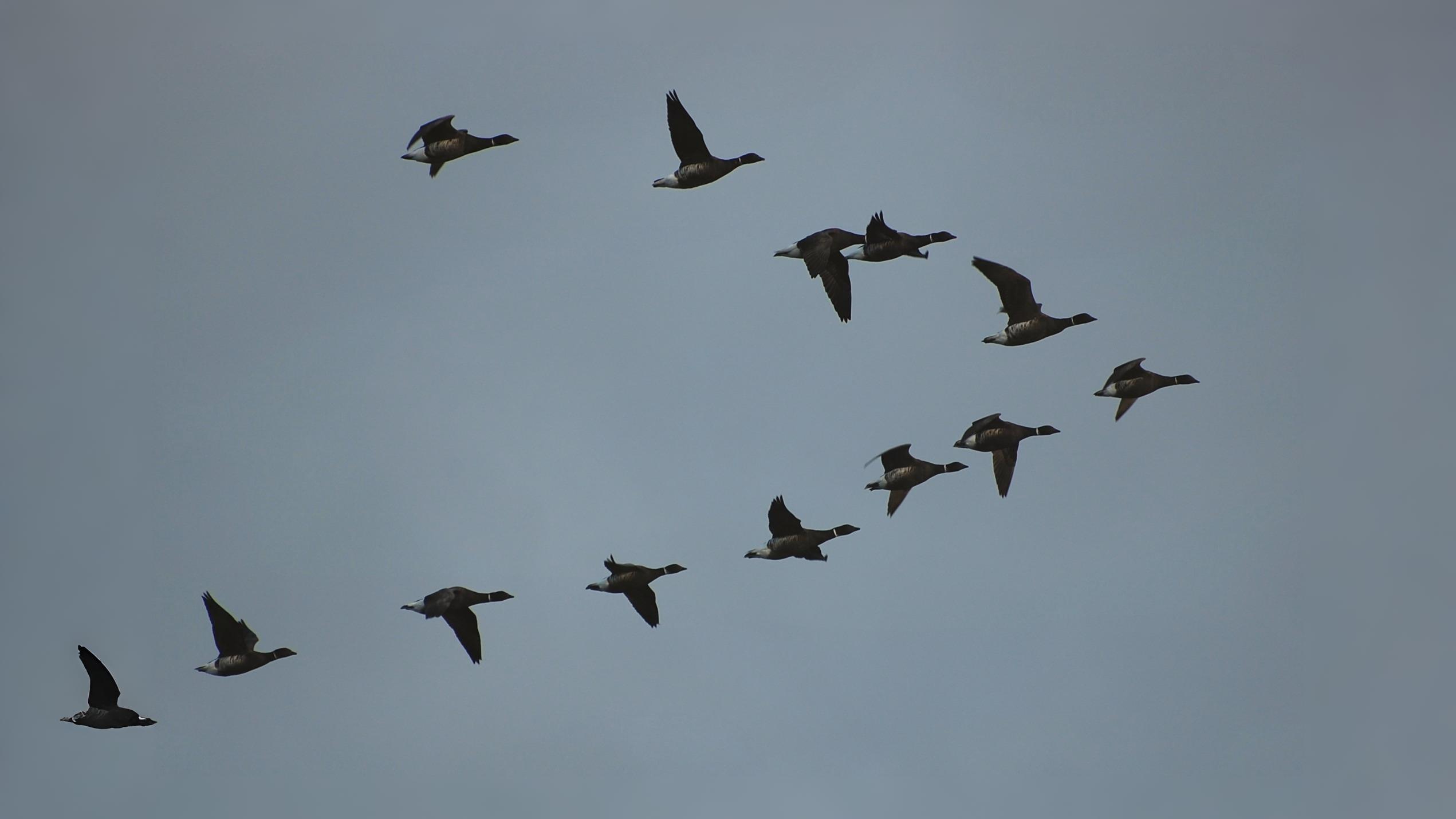

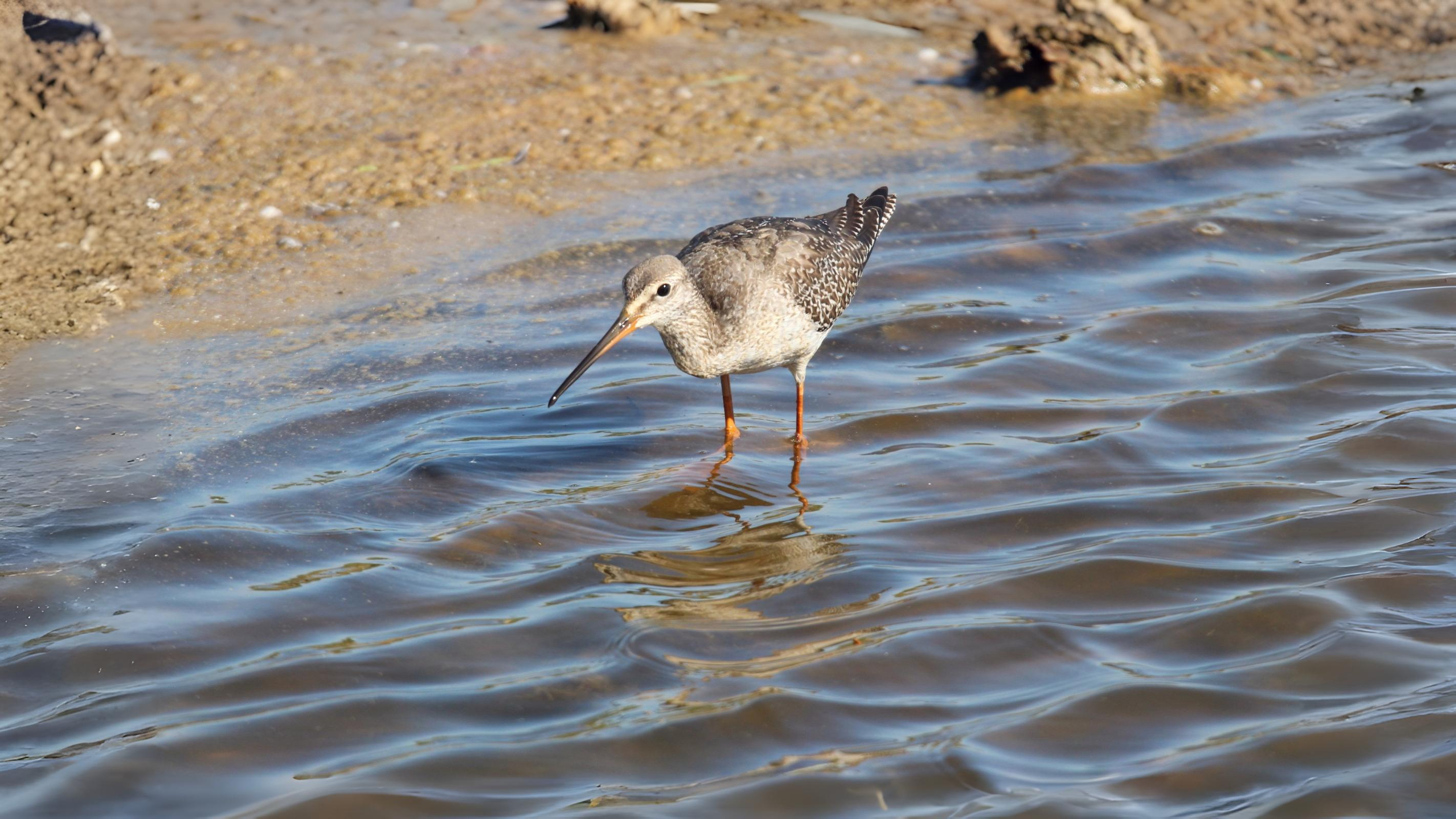



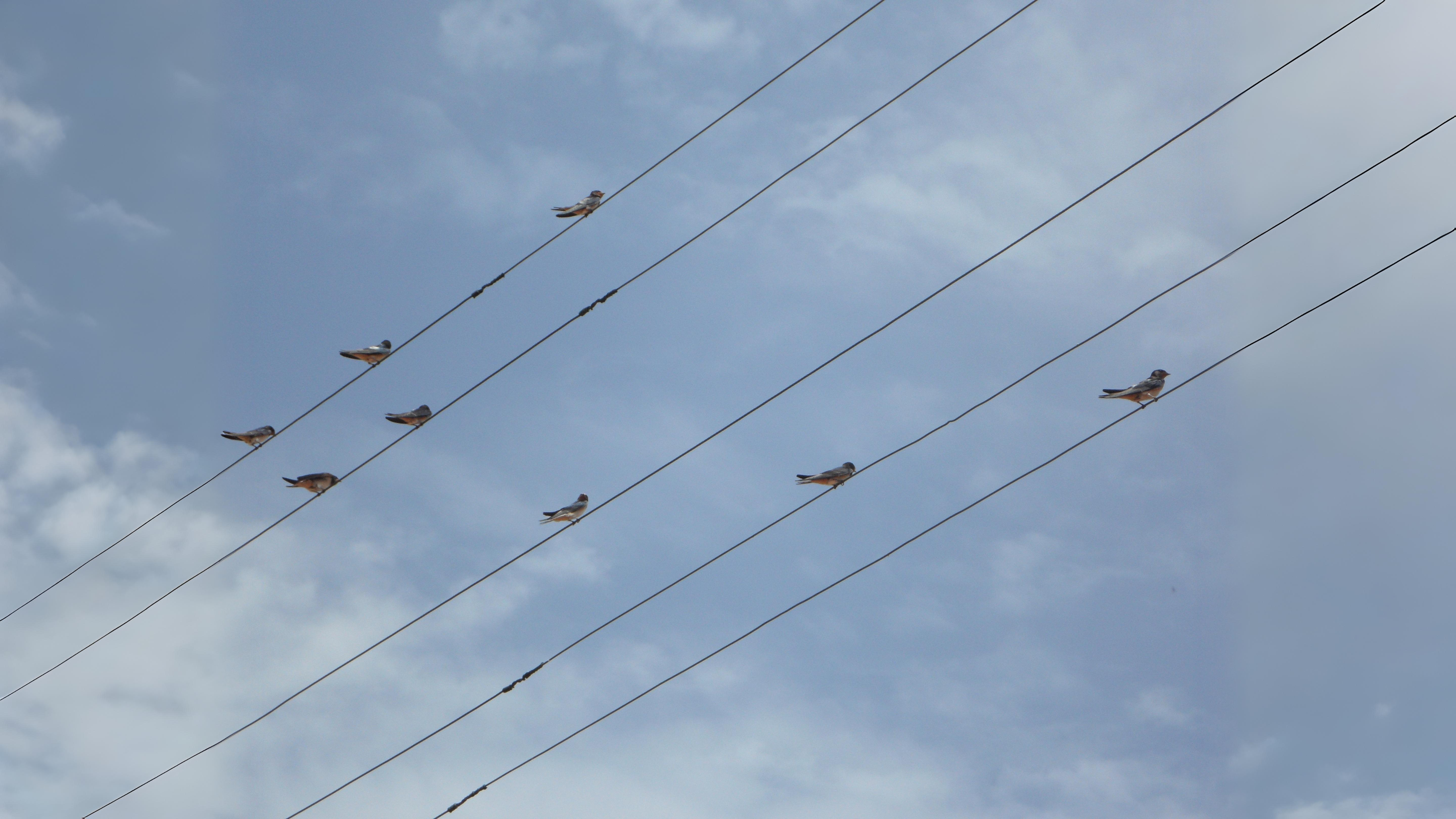

The scale of migration continues to gain momentum throughout the month and possibly thousands of birds are now moving through London and millions across the whole country. We may have had as many as fifty different summer visitors, most of which are now moving south bound for southern Europe or Africa. By the end of the month there will be very few still with us. Large visible waves of migrants tend to be more of a spectacle associated with October. If the weather has been unseasonally harsh further north in Britain or in Scandinavia we may even see our first winter visitors e.g. fieldfares, redwings, bramblings or perhaps even a snow bunting. A strong east wind may bring redshanks or siskins. Perversely against all the usual rules some herons may decide to fly north.
